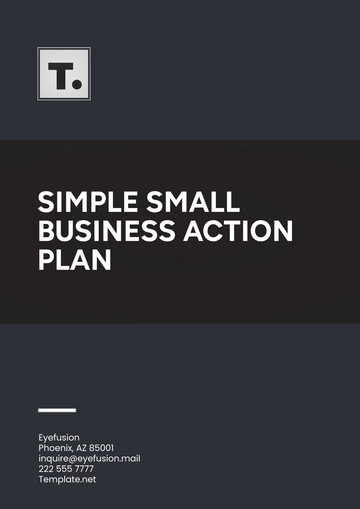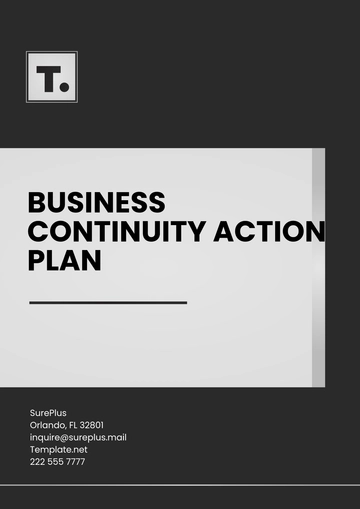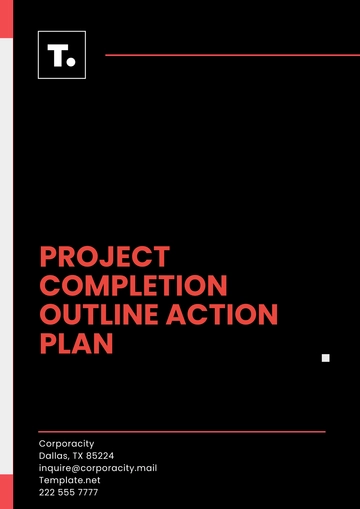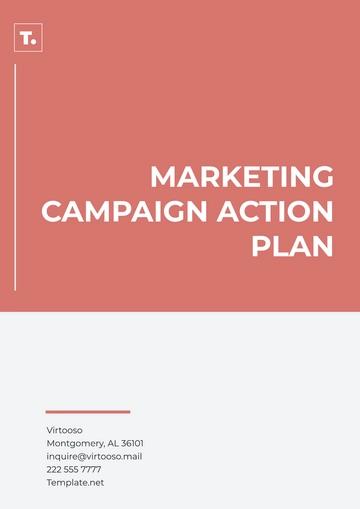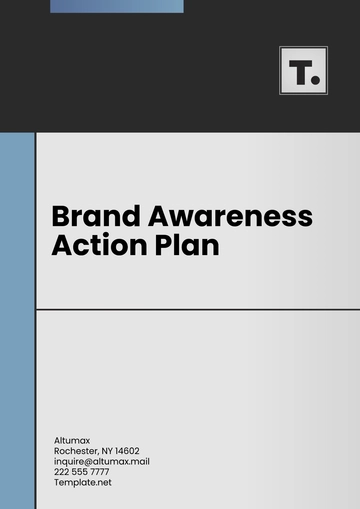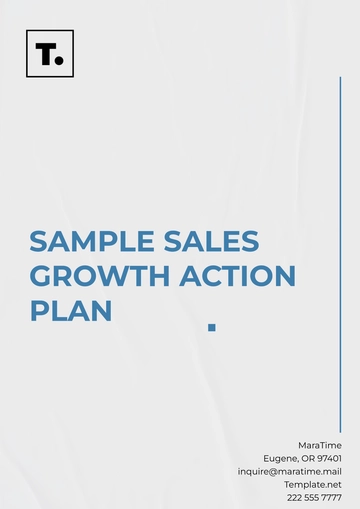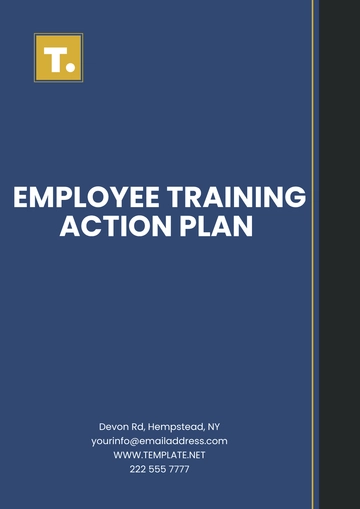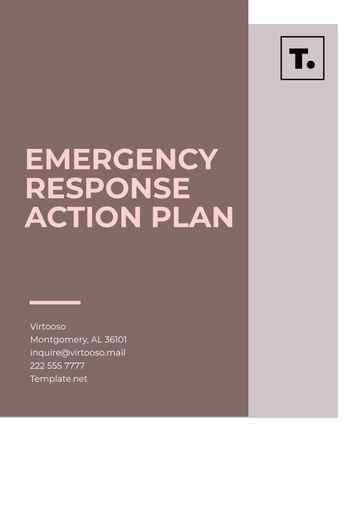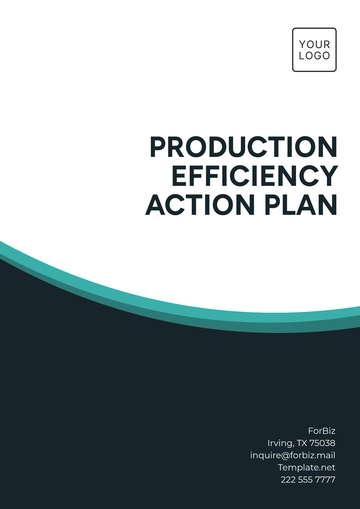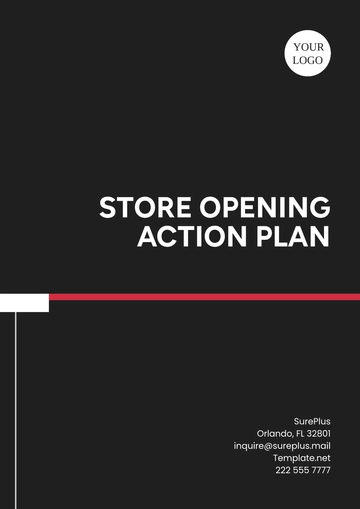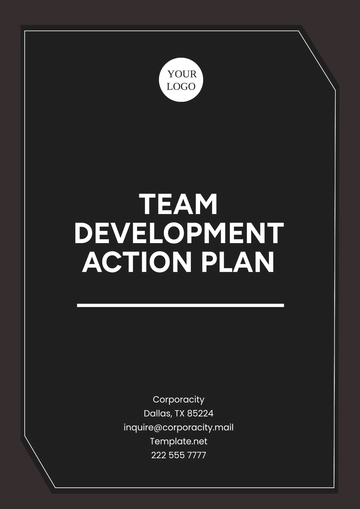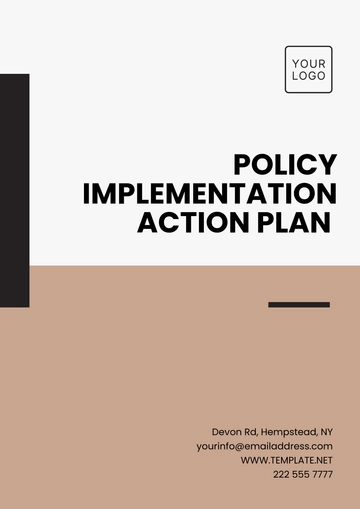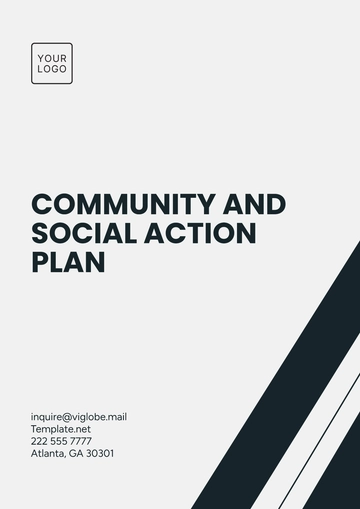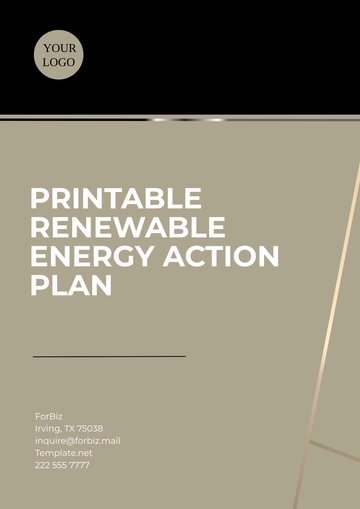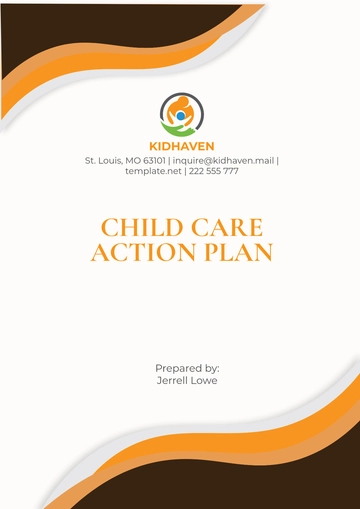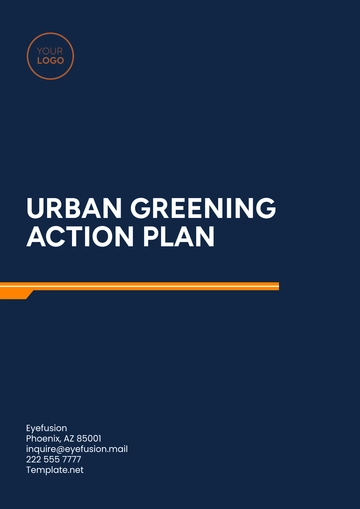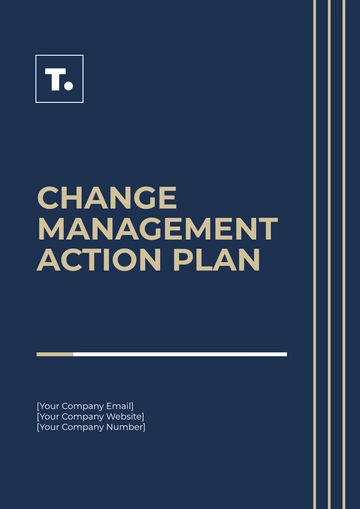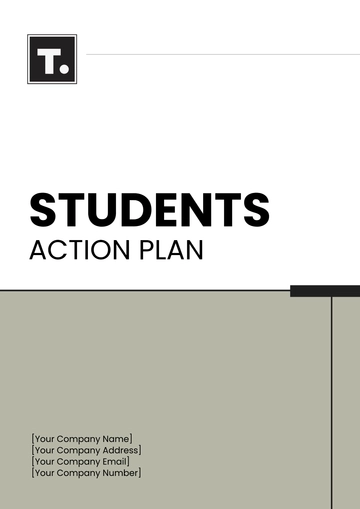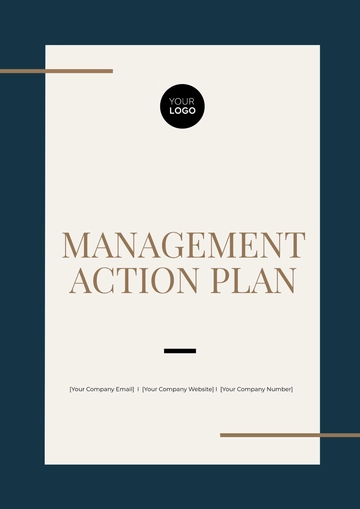Free Sample Strategic Action Plan
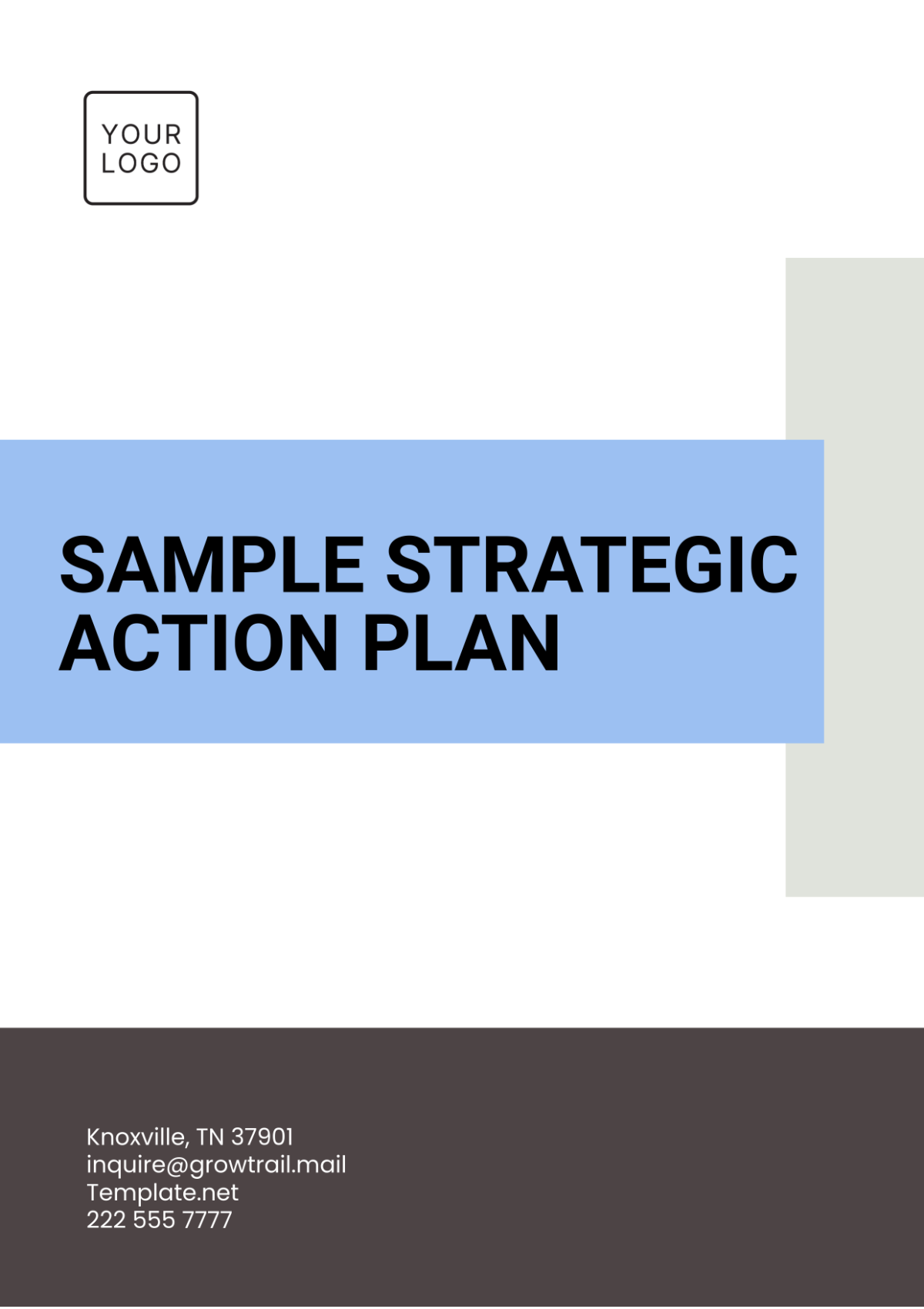
I. Executive Summary
Our company, [Your Company Name], aims to achieve substantial business growth over the next three years. This Sample Strategic Action Plan outlines key strategies and initiatives to drive this growth, focusing on expanding our market presence, enhancing our product offerings, and improving customer engagement.
II. Business Analysis
A. SWOT Analysis
Strengths | Weaknesses |
|---|---|
Strong brand reputation | Limited product range |
Established customer base | Lack of online presence |
Robust financial position | Reliance on a few key suppliers |
Opportunities | Threats |
|---|---|
Growing demand for eco-friendly products | Intense competition from larger corporations |
Expansion into new geographical markets | Economic downturn affecting consumer spending |
Potential for strategic partnerships | Supply chain disruptions due to global events |
B. Market Analysis
Our analysis indicates a growing demand for innovative, eco-friendly products in our target markets. Competitor analysis reveals gaps in the market that we can capitalize on.
C. Financial Analysis
Despite recent economic challenges, our financial stability allows for strategic investments in growth opportunities.
III. Vision and Goals
A. Vision Statement
To be the leading provider of sustainable solutions in our industry, driving positive environmental impact and customer satisfaction.
B. Growth Goals
Increase market share by 15% within three years.
Launch three new product lines targeting niche markets.
Achieve 20% revenue growth year-over-year.
IV. Strategic Initiatives
Product/Service Expansion:
Develop eco-friendly alternatives for existing products.
Introduce customizable options to meet diverse customer needs.
Market Expansion:
Enter new geographical markets with high growth potential.
Expand online presence through e-commerce platforms and digital marketing campaigns.
Sales and Marketing Strategies:
Implement targeted marketing campaigns to reach new customer segments.
Enhance customer engagement through loyalty programs and personalized communication.
Strategic Partnerships:
Form partnerships with environmental organizations to enhance brand image.
Collaborate with suppliers to improve supply chain efficiency and reduce costs.
Technology and Innovation:
Invest in research and development to create innovative products.
Adopt technology to streamline operations and improve customer experience.
V. Implementation Plan
A. Action Plan
Develop new product concepts: Q1-Q2, Year 1.
Launch online store: Q3, Year 1.
Expand into new markets: Year 2.
Implement customer loyalty program: Year 3.
B. Budget and Resources
Allocate $500,000 for product development.
Allocate $200,000 for marketing campaigns.
Hire additional sales staff to support expansion efforts.
C. Monitoring and Evaluation
Monthly progress reviews with department heads.
Quarterly performance assessments against KPIs.
VI. Risk Management
Identify potential risks such as market saturation or supply chain disruptions.
Mitigation strategies include diversifying product offerings and establishing alternative suppliers.
VII. Communication Plan
A. Internal Communication
Conduct regular meetings to update employees on progress and encourage feedback.
Provide training to ensure all staff are aligned with the growth strategy.
B. External Communication
Launch marketing campaigns to announce new products and market expansions.
Engage with customers through social media and newsletters to build brand loyalty.
VIII. Timeline and Milestones
A. Timeline
Product/Service Expansion:
Q1-Q2, Year 1: | Research and development of new product concepts. |
|---|---|
Q3-Q4, Year 1: | Prototype testing and refinement. |
Year 2: | Full-scale production and launch of new product lines. |
Market Expansion:
Q1-Q2, Year 2: | Market research and analysis of potential new geographical markets. |
|---|---|
Q3, Year 2: | Selection of target markets and development of market entry strategy. |
Q4, Year 2 - Q1, Year 3: | Market penetration and establishment of distribution channels. |
Sales and Marketing Strategies:
Q1-Q2, Year 1: | Development of marketing campaigns and materials. |
|---|---|
Q3, Year 1: | Launch of online store and digital marketing initiatives. |
Year 2-3: | Continuous monitoring and optimization of marketing efforts based on performance metrics. |
Strategic Partnerships:
Year 1: | Identify potential partners and initiate discussions. |
|---|---|
Year 2: | Negotiate partnership agreements and formalize collaborations. |
Year 3: | Implement joint marketing and promotional activities. |
Technology and Innovation:
Year 1: | Investment in research and development of innovative product features. |
|---|---|
Year 2: | Integration of technology solutions to streamline operations and enhance customer experience. |
Year 3: | Continuous improvement and adaptation of technology to meet evolving market demands. |
B. Milestones
Q2, Year 1: | Completion of product concept development phase. |
|---|---|
Q4, Year 1: | Launch of online store and initial marketing campaigns. |
Q2, Year 2: | Expansion into the first new geographical market. |
Q4, Year 2: | Successful establishment of strategic partnerships. |
Q3, Year 3: | Achievement of 20% revenue growth target. |
Q4, Year 3: | Full integration of technology solutions across operations. |
IX. Conclusion
This Sample Strategic Action Plan sets a clear path for achieving our business growth goals. By focusing on innovation, market expansion, and customer engagement, we are confident in our ability to drive sustainable growth and become a leader in our industry.
X. Appendices
Market research reports
Financial projections
Supplier agreements
Customer feedback surveys
- 100% Customizable, free editor
- Access 1 Million+ Templates, photo’s & graphics
- Download or share as a template
- Click and replace photos, graphics, text, backgrounds
- Resize, crop, AI write & more
- Access advanced editor
Get started quickly with our Sample Strategic Action Plan Template from Template.net. This editable, customizable template allows you to build a detailed action plan that aligns with your strategic goals. Use the AI Editor Tool to personalize every section, from objectives to timelines and responsible parties. Ideal for businesses, nonprofits, and organizations, this template simplifies the planning process, making it easier to implement and track your strategies.


